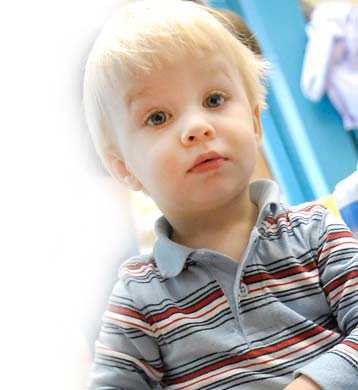Why Is This Case Important?

Evidence-based educational and interventional strategies can help children learn and build competency in areas of need. Many of these strategies are most effective when introduced early. It is important to be proactive about developmental concerns, and imperative that pediatric care providers be able to detect early warning signs of developmental delays so they can help to make a timely diagnosis when appropriate.
In the United States, autism spectrum disorder (ASD) is usually diagnosed in children between 3 and 7 years of age. However, studies have shown that parents usually have concerns about their child's development, especially social development, at or before 18 months of age.
The risk factors for receiving a later diagnosis of ASD include:
- Having many primary care providers rather than seeing one consistent provider
- Living in a rural area compared with an urban setting
- Living in a near-poor household versus a wealthy household
Children who have severe language deficits and/or display the symptoms of hand flapping or toe walking are more likely to be diagnosed earlier.
Navigating the Modules
- Use the links at the lower left and right of each page to move forward and backward through the course.
- Each section of the case is followed by a series of questions.
- Some questions have multiple tabs; please be sure to click them all.
- Be on the lookout for videos that show key content and materials you can download and use in practice.
- Following completion of the entire module, you will be given a link directing you to the CDC Training and Continuing Education Online website to secure CE credit.
- At any time during the module, you can use the "Course Information" links to find information about the course, navigating the module and continuing education credit. You will not exit the module by clicking on these links.

Key Learning Objectives
- Identify key social-emotional and language milestones through 24 months of age
- Describe typical social skills that are present in children from birth through 24 months
- Identify expected language milestones from birth through 24 months
- Recognize the major early warning signs of ASD
- Identify key red flags for ASD
- Recognize the difference between a typical temper tantrum and one of a child with ASD
- Page last reviewed: August 18, 2016
- Page last updated: August 18, 2016
- Content source:


 ShareCompartir
ShareCompartir